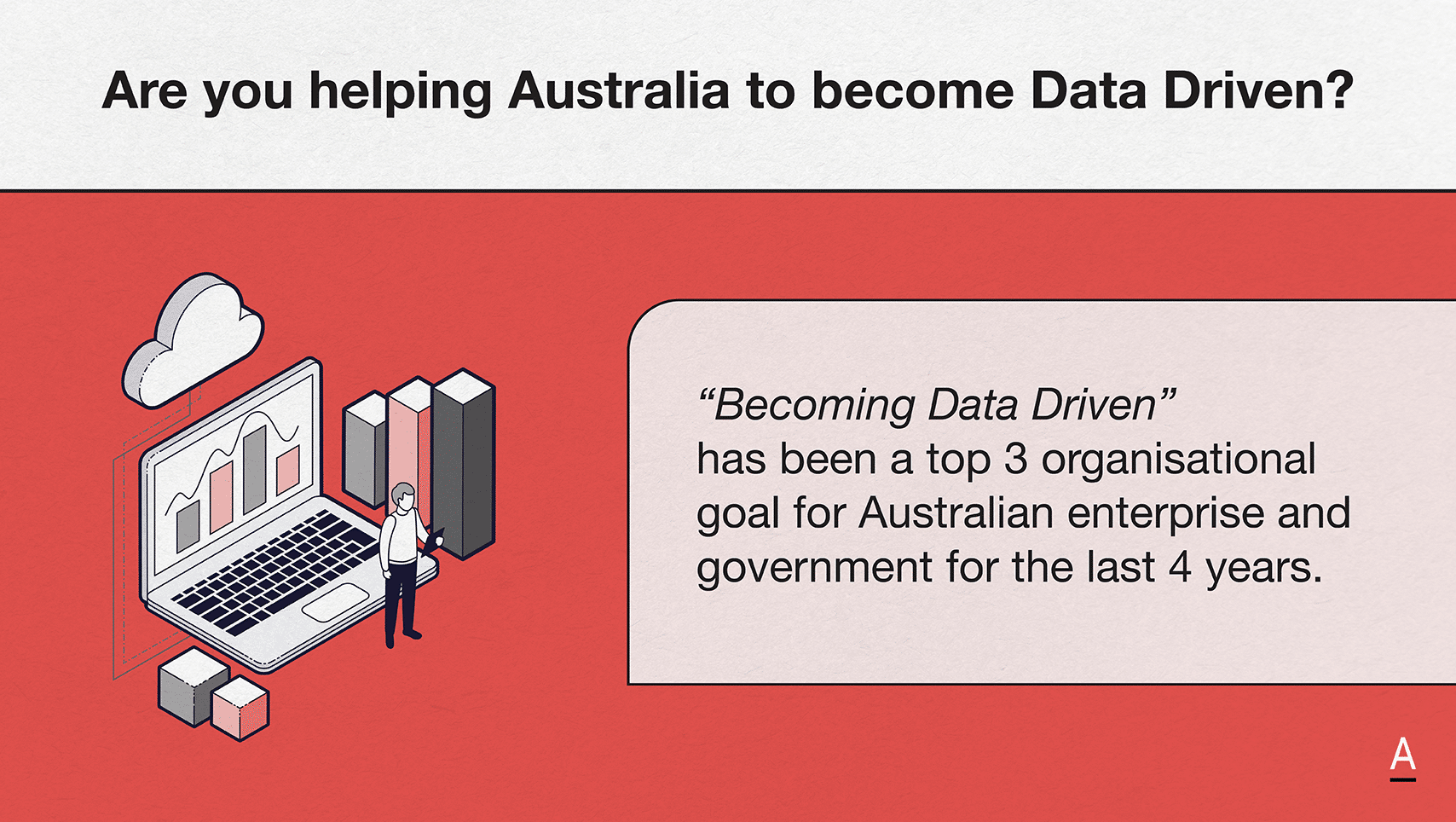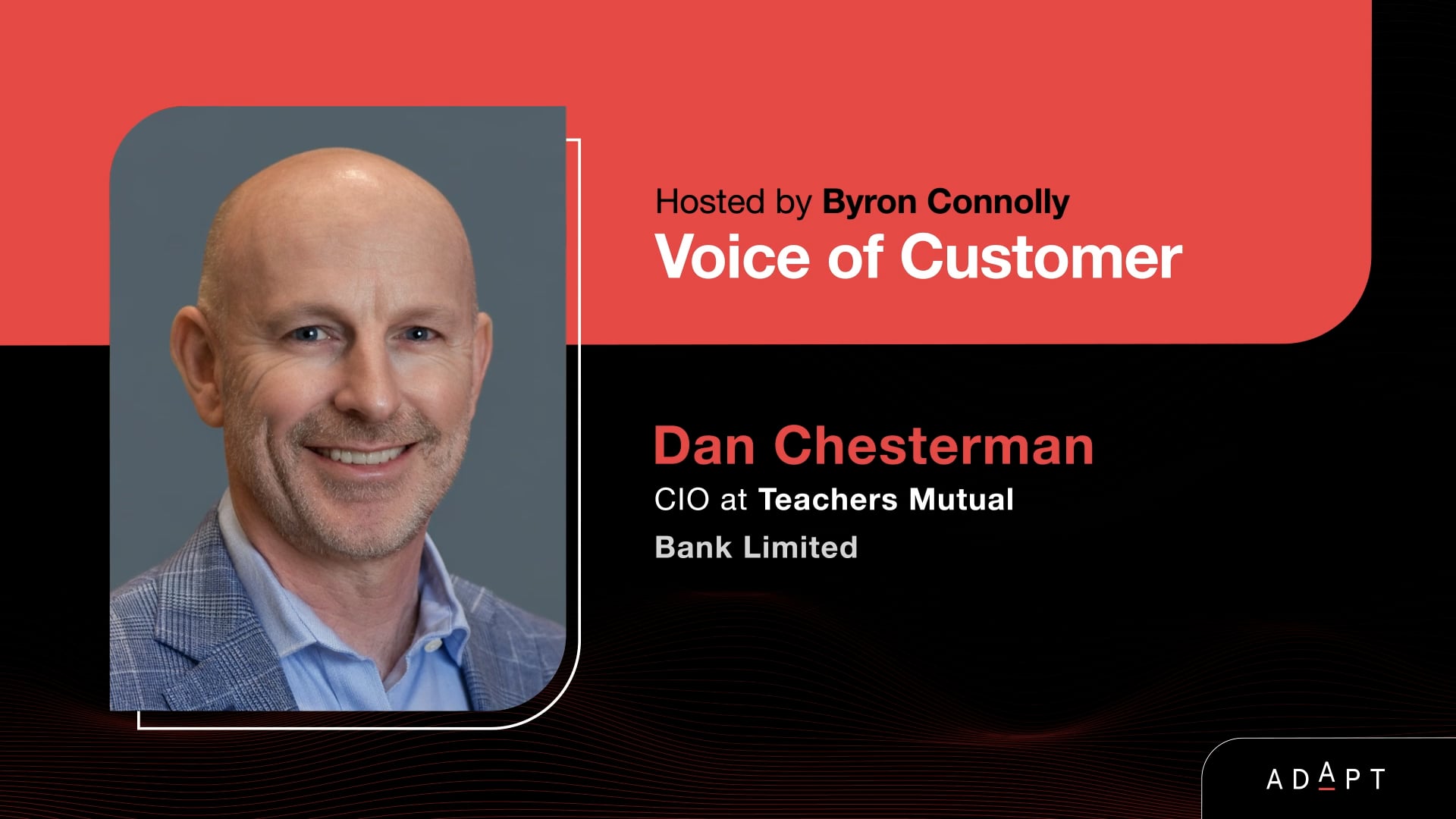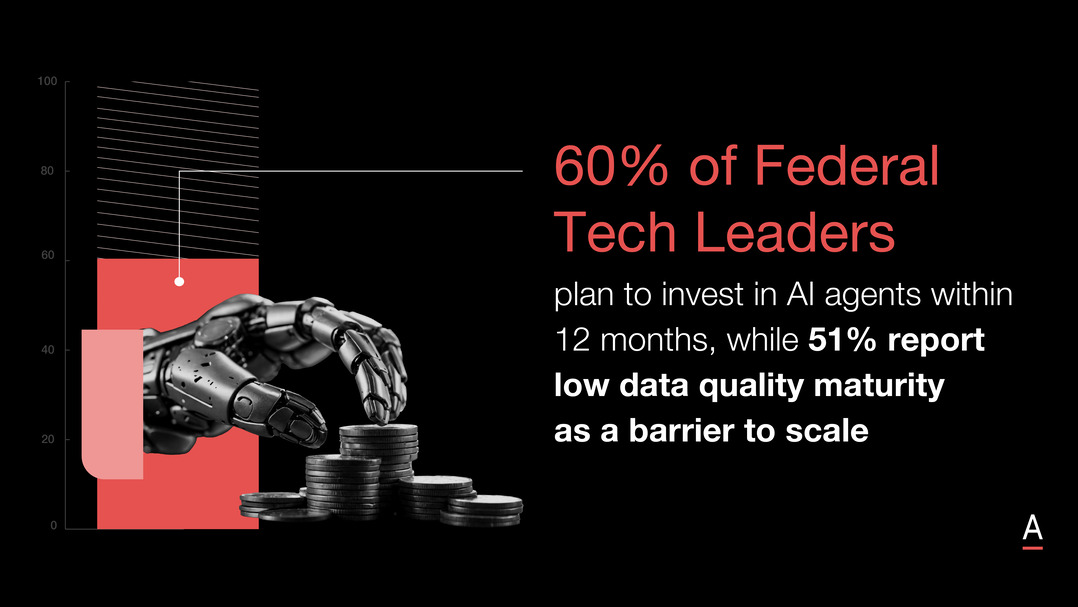60% of CIOs struggle to justify IT investments, with 50% lacking tech spend visibility
ADAPT's CIO Edge explored how IT leaders can drive business-led change through simplification, highlighting strategies to navigate evolving regulations and conflicting priorities.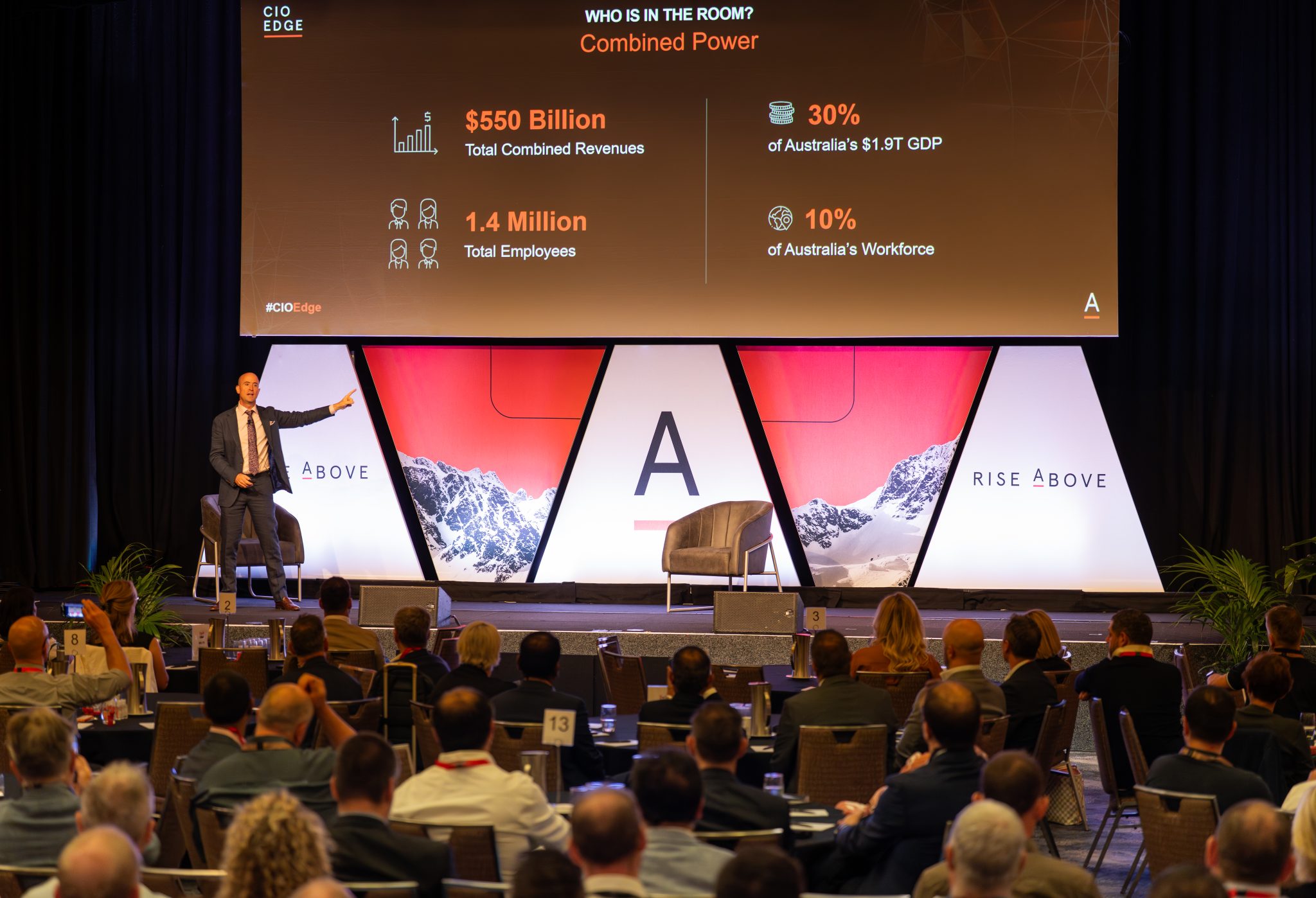
ADAPT’s CIO Edge explored how IT leaders can drive business-led change through simplification, highlighting strategies to navigate evolving regulations and conflicting priorities.
1,600 executives reinforced their top goal: simplifying complex, fragmented IT estates.
Many organisations face technical debt, operational inefficiencies, and the challenge of aligning modernisation with broader business objectives.
With 60% of CIOs struggling to justify IT investments and 50% lacking visibility into tech spend, the pressure to demonstrate value has never been greater.
As AI expectations grow, IT leaders must balance short- and long-term investments while ensuring ROI and operational efficiency.
While 70% of CIOs cite Gen AI as a 2025 priority, only 4% of tech budgets are actually allocated to AI. The challenge lies in shifting from vision to execution.
This event gathered over 200 IT leaders responsible for driving digital strategies across enterprise, government, and mid-market firms.
Collectively, they oversee tech investments impacting 30% of Australia’s GDP and 1.4 million employees.
We explored these insights alongside experts from MIT CISR, Coles, Tanium, Department of Defence, and Downer, highlighting the importance of aligning strategy, executive support, and the vast potential of AI in today’s competitive landscape.
Focus on business value, not technology for technology’s sake
Peter Alexander, CTO at Department of Defence, emphasised that simplification is essential even in inherently complex organisations.
According to Peter, organisations cannot fight and win in the digital age without simplifying and reducing silos.
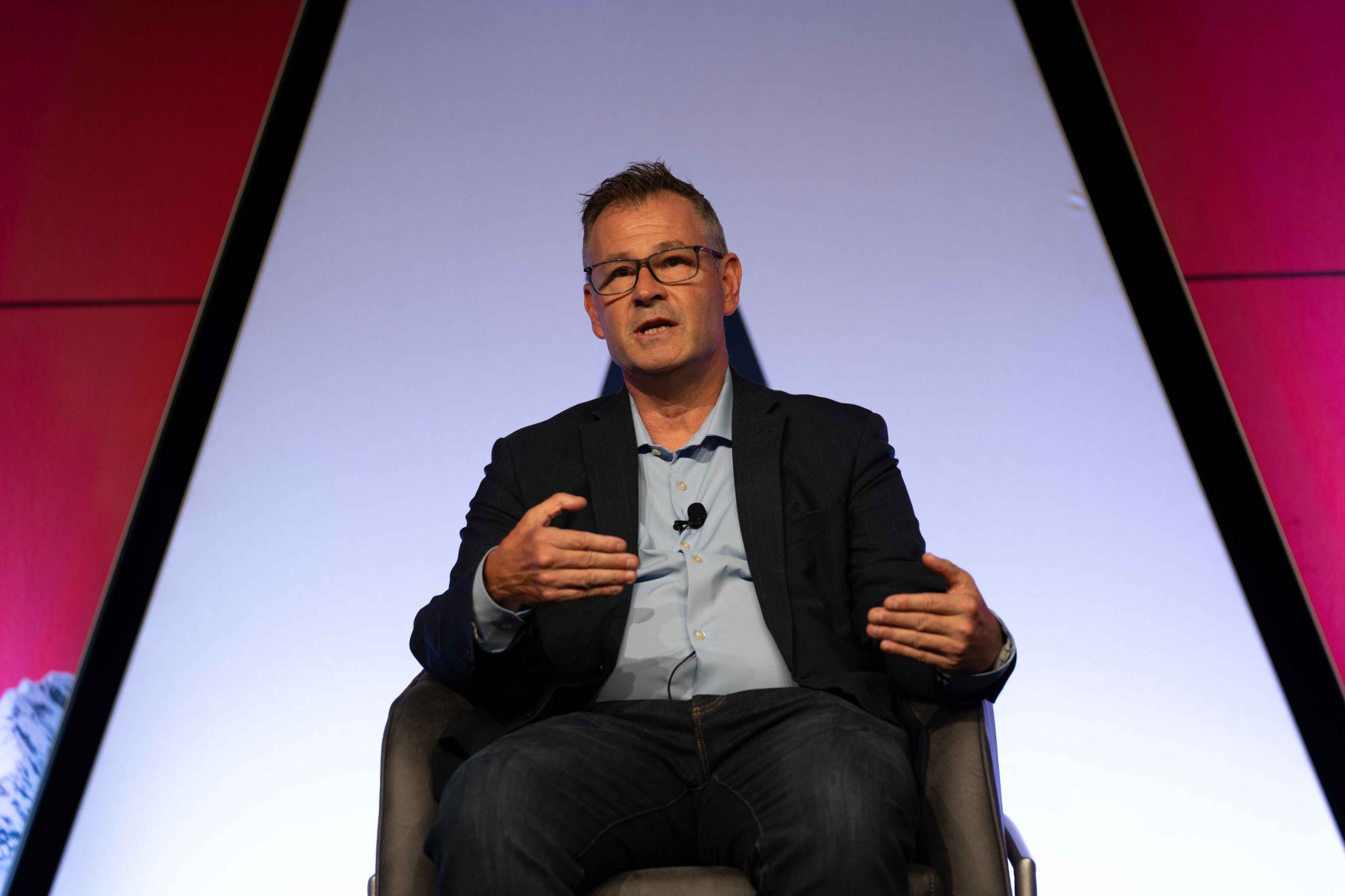
Defence operates as a joint force that must collaborate with coalition partners including AUKUS and Five Eyes, making simplification strategically imperative.
Andrew Cresp, CIO at NGM Group, reinforced this message with a financial perspective.
He explained that every additional banking ecosystem creates another cyber target requiring doubled investment.
This duplication forces organisations to spread resources thinly across compliance and security, leaving little for innovation and customer experience.
For CIOs to succeed, they must frame simplification in terms of business outcomes—whether that’s operational efficiency, risk reduction, or enabling growth.
Nicola Dorling, Group CIO at Downer, pointed out that organisations need to understand their business model and value chain first, then map technologies against it to identify duplication and opportunities.
Modernisation on a budget remains the top CIO challenge in 2025, with 1 in 5 cutting IT services and outsourcing by up to 20%.
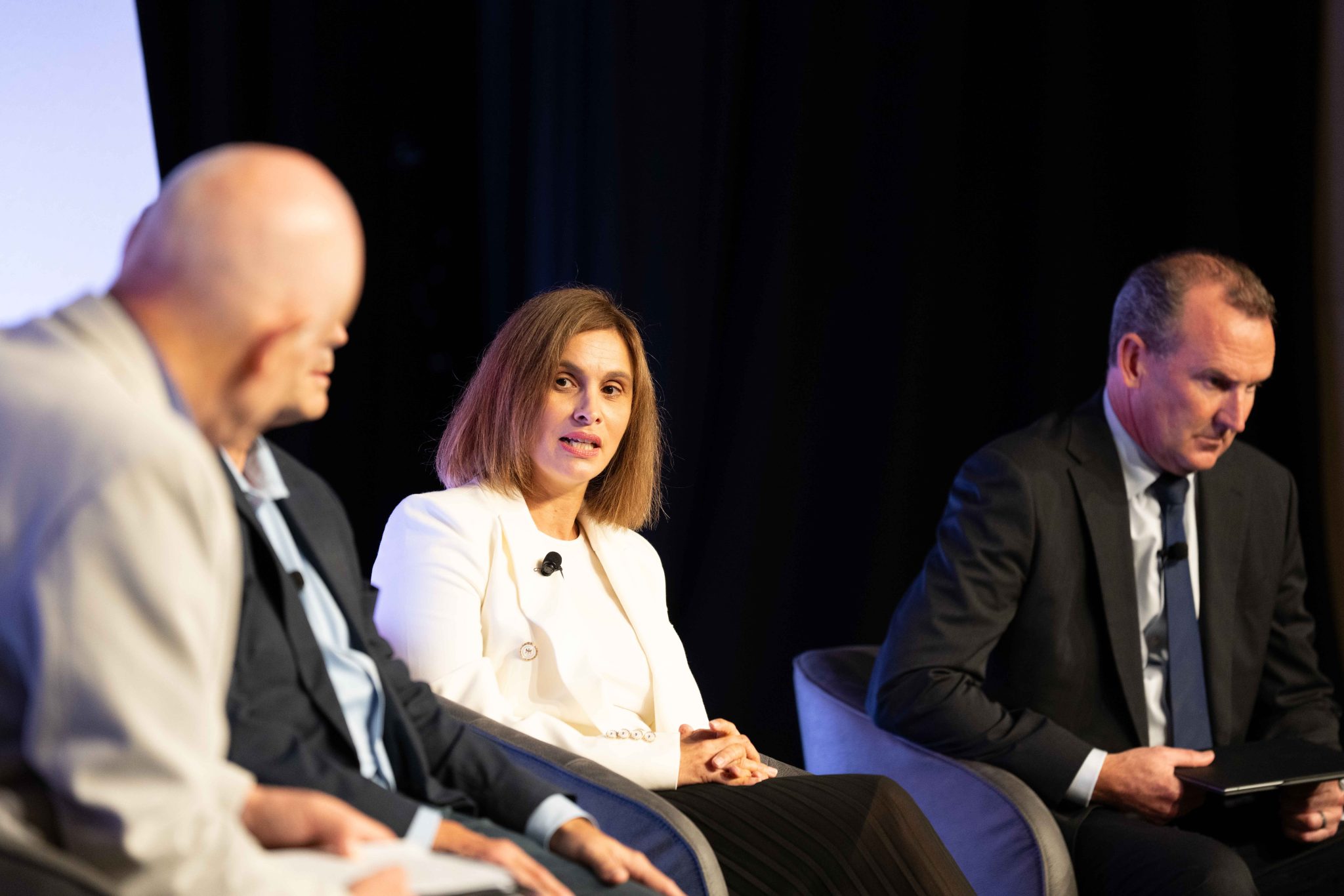
Echoing this perspective, Michael Fugaro, Chief Information Officer at SW Accountants & Advisors, shared that successful AI adoption hinges on clean, accessible data and strong governance to drive secure, compliant, and valuable outcomes, in an interview with ADAPT’s Peter Hind at CIO Edge.
His organisation blends platform tools with bespoke solutions and targeted upskilling to embed AI strategically across operations.
Demonstrate AI value through measurable business outcomes
Dr. Peter Weill from MIT presented research showing that organisations progress through four distinct stages of AI maturity, with financial benefits only emerging significantly in the third and fourth stages.

This explains why many organisations question AI’s bottom-line impact despite initial enthusiasm.
Dr. Weill revealed that organisations in the first two stages of AI maturity showed no bottom line impact, while those reaching the third stage experienced a significant jump in financial performance, with even greater results in the fourth stage.
In a CIO Edge interview, Sinan Erbay, CIO at RMIT, shared how the university’s secure, in-house AI platform—VAL—supports students and staff with tools like assignment support and translation, ensuring equitable access to AI.
RMIT’s success reflects a clear strategy of shaping and scaling AI use across disciplines, aligned with user needs and institutional goals.
ADAPT data aligns with this: Only 13% of Australian CIOs consider themselves successful at AI deployment, with those prioritising cost reduction seeing an 86% success rate vs. 9% for others.
Dr. Michael Kollo, Director of AI at ADAPT, shared research indicating that only 13% of Australian CIOs consider themselves successful at AI deployment.
The distinguishing factor among these leaders was close communication with the business and employees, with a focus on upskilling and people enablement.
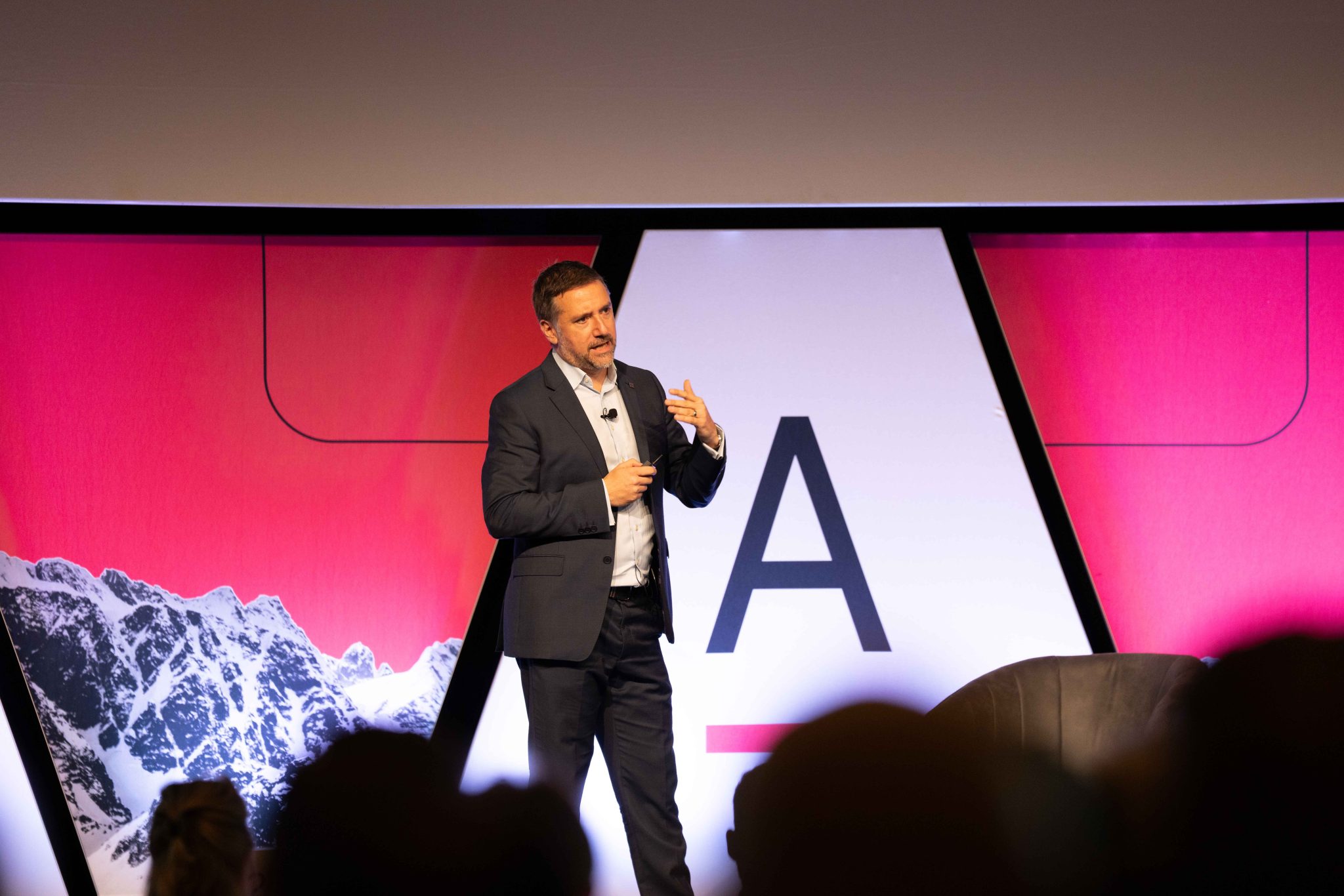
The secret to AI success is remarkably practical: focus on creating environments that enable AI and use it specifically to reduce business costs.
ADAPT research shows that while AI strategy is a top-five CIO priority in 2025, only 10% of data environments can support advanced analytics or AI.
Dr. Kollo noted that organisations following these principles have an 86% chance of achieving good AI outcomes, compared to just 9% for those that don’t.
His organisation blends platform tools with bespoke solutions and targeted upskilling to embed AI strategically across operations.
Build resilience through sustainable IT operations
Melissa Bischoping, Senior Director at Tanium, highlighted the human cost of complex IT environments, noting that 69% of Australian IT teams report experiencing burnout.
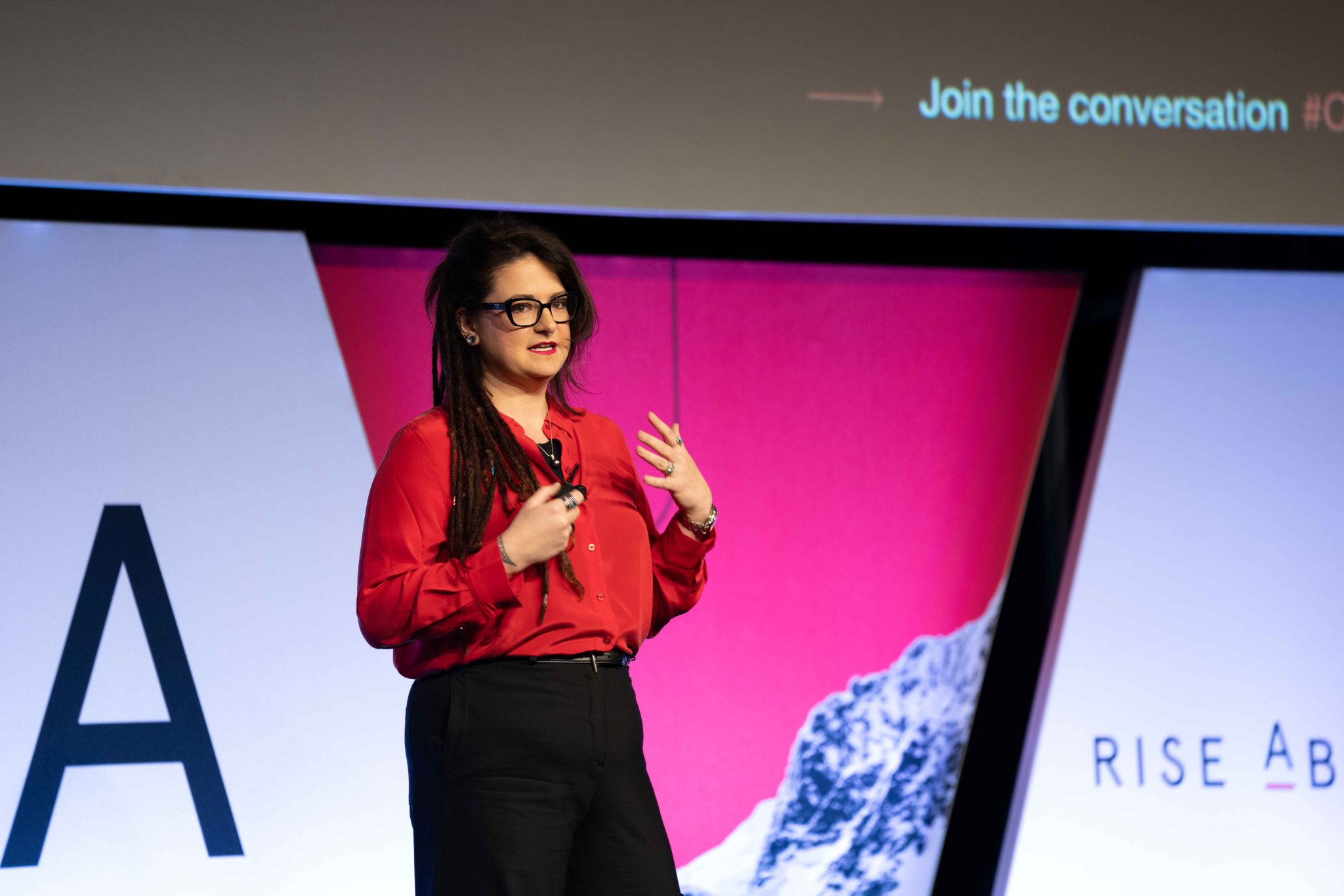
This represents a strategic vulnerability that threatens every aspect of operations.
Melissa emphasised how much organisations have invested in training people who protect and maintain the systems enabling everyday life—from school systems and finance to healthcare and transportation infrastructure.
The solution lies in autonomous endpoint management and AI-driven automation, which can save IT staff 3-5 hours weekly.
By 2029, analysts predict over 50% of organisations will implement autonomous management, allowing technical talent to focus on innovation rather than routine maintenance.
However, automation alone isn’t enough without the right skills and understanding to support it.
In a CIO Edge interview, Sandy Aitken, Technology Transformation Director at Cleanaway, pointed to critical knowledge gaps in data and AI foundations that limit meaningful adoption.
He advocated for hands-on, cross-domain learning to build a more adaptable, future-ready workforce.
John Cox, former CTO at Coles, offered a real-world example in his conversation with Dr Peter Weill, showcasing an AI bot developed for HR inquiries.
John described how a typical HR call that would cost $8-10 to answer had been reduced to about $0.10, while providing a faster, more customised experience for employees.
37% of CIO budgets in 2025 are spent on “keeping the lights on,” limiting innovation capacity despite simplification efforts
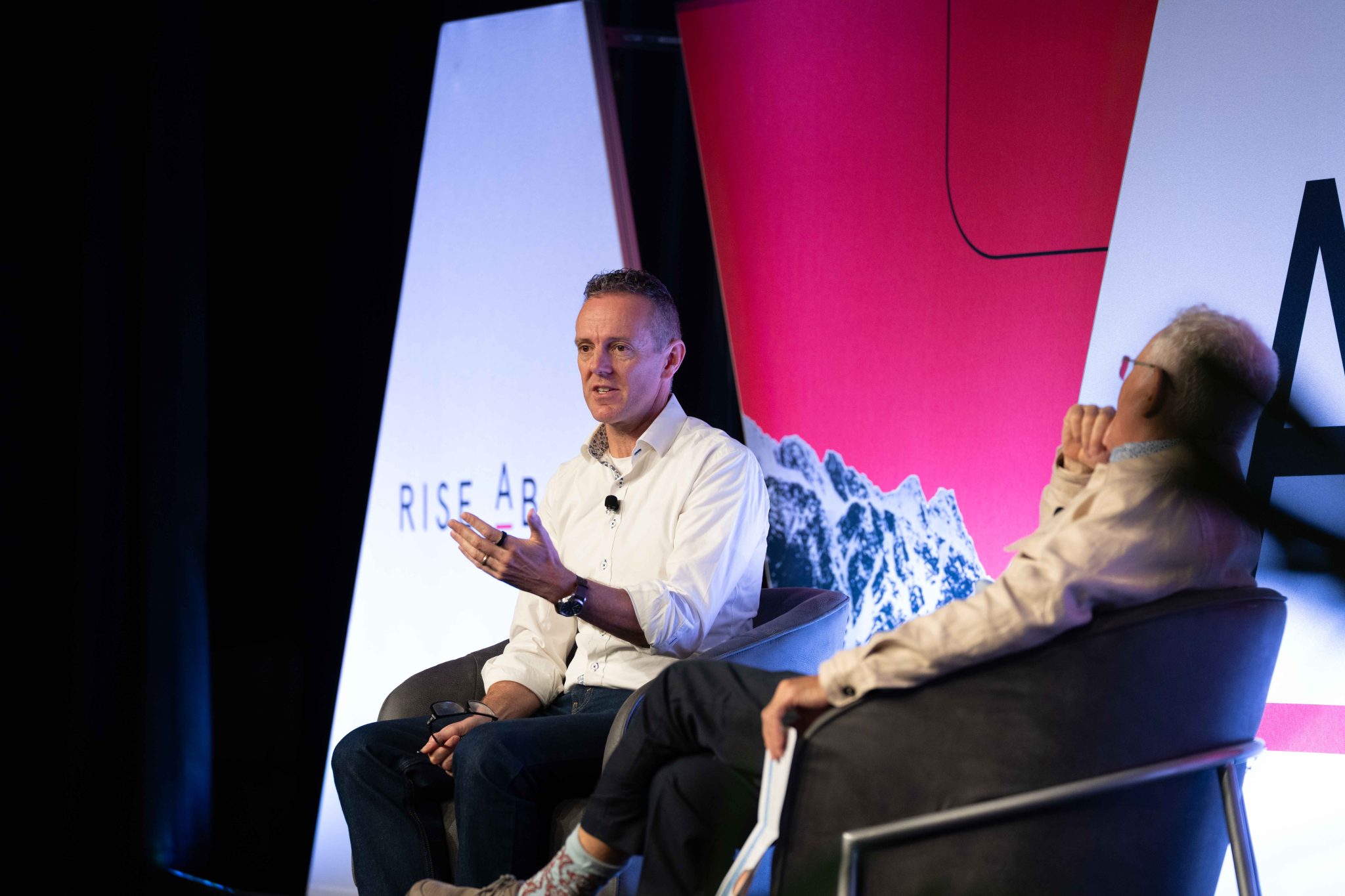
Balance internal capabilities and strategic partnerships
A recurring theme throughout CIO Edge was finding the right balance between internal capabilities and external partnerships.
Australian Defence Agency’s Peter Alexander from advocated for building internal expertise while maintaining strategic relationships with platform providers.
He questioned situations where contractors remain in roles for extended periods of three to ten years.
Andrew Cresp’s approach at NGM Group involves partnering with people who improve the organisation and then leave, emphasising knowledge transfer and upskilling internal teams.

This builds resilience and preserves organisational knowledge.
Downer’s Nicola Dorling offered a nuanced perspective, acknowledging a role for consultants in providing thought leadership.
She noted that CIOs and business leaders cannot stay across everything at all times.
The key, according to Nicola, is distinguishing between strategic capabilities that should be internal and commoditised functions that can be outsourced.
ADAPT research shows 80% of CIOs are not increasing spend on upskilling employees year-on-year, with only 5% of budgets dedicated to skills & training.
Foster an adaptive organisation culture beyond IT
The most successful CIOs recognise that simplification requires cultural change throughout the organisation.
Peter Alexander observed that adaptation, rather than intelligence alone, determines survival.

Andrew Cresp stressed the importance of developing “transformation fitness” across the organisation.
He explained that this involves improving delivery capability through regular value drops while building confidence that transformation initiatives will succeed.
John Cox, meanwhile, emphasised that CIOs need to be business leaders first, focusing on making work easier for their teams.
He cautioned against explaining things in technology terms, as this starting point prevents value creation.
What’s next for Australian CIOs?
CIO Edge revealed that Australia’s technology leaders are focused on practical strategies that deliver tangible business outcomes. The path forward requires:
- Mapping technology investments directly to business capabilities and outcomes
- Focusing AI initiatives on measurable cost reduction and efficiency gains
- Building a balanced workforce with strong internal capabilities and strategic external partnerships
- Developing “transformation fitness” through incremental value delivery
- Communicating in business terms, not technology jargon
As organisations advance their AI capabilities and simplify their technology estates, those who maintain this relentless focus on business value will differentiate themselves in 2025 and beyond.




